DISCOVER NEW HORIZONS
C/2025 A6 (Lemmon)
-
Imaging Camera QHY600
-
Total Integration 12min
L: 450sec
R: 90sec
G: 90sec
B: 90sec
DISCOVER NEW HORIZONS
L: 450sec
R: 90sec
G: 90sec
B: 90sec
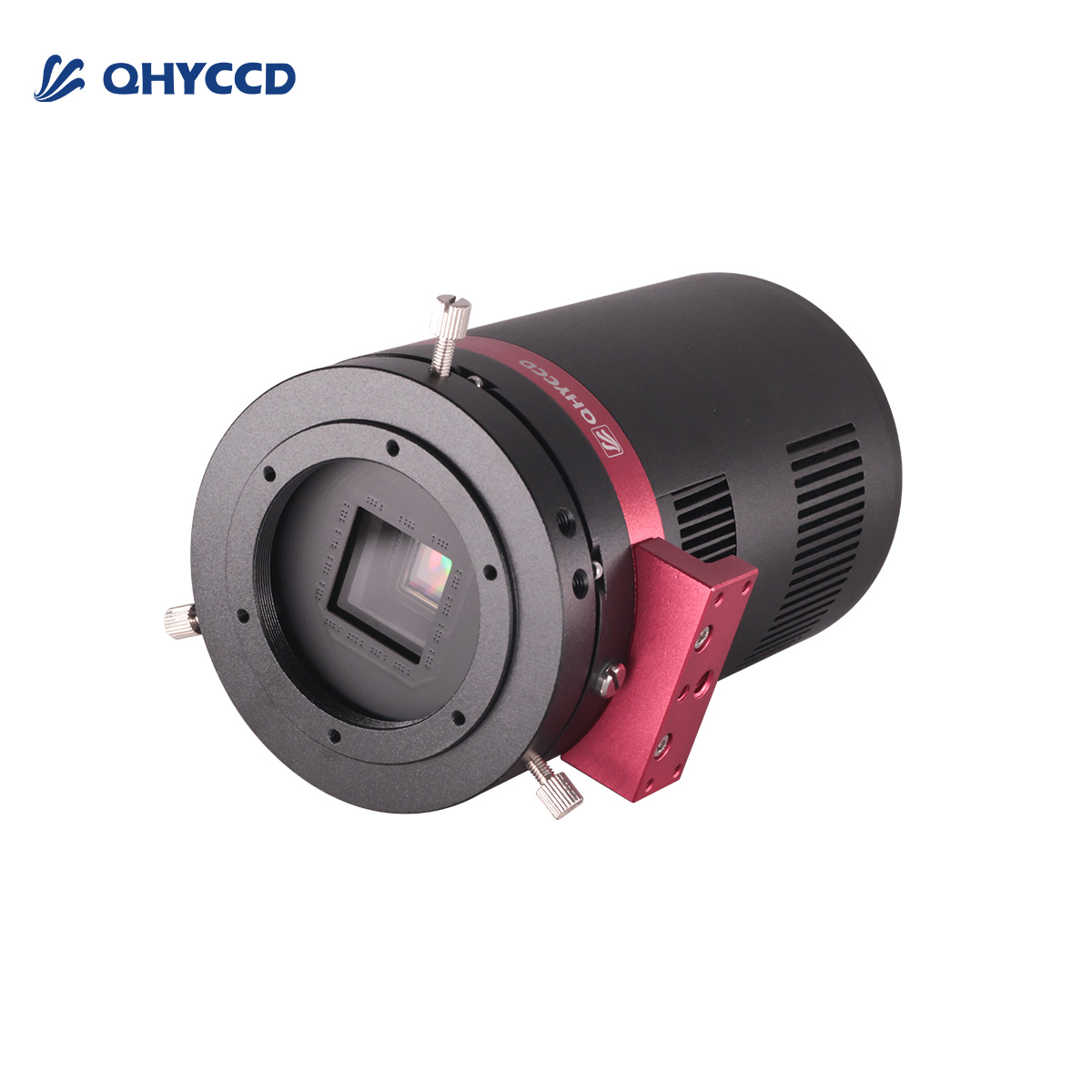
| Model | QHY487Pro I |
| Sensor Size | 2/3inch
7.8mm*7.8mm |
| Pixel Size | 2.74μm*2.74μm |
| Effective Pixel Area | 2856*2848 |
| Effective Pixels | 8.13MP |
| Shutter Type | Electronic Global Shutter |
| Full Frame Rate | 127.2 fps@12bit |
| Computer Interface | USB3.0 |
The QHY487Pro I features a 2/3-inch Sony IMX487 back-illuminated sensor with a native global shutter. It is characterized by high sensitivity in the UV range (200nm-400nm) and low dark current, making it ideal for astronomical and biological science research.
 Unlike the rolling shutter technology used in most CMOS cameras, a global shutter guarantees that the exposure time for the whole image area is uniform, beginning and ending at exactly the same time. This type of shutter is ideal for high precision applications. For high speed moving object and the atmospheric agitation the global shutter can generate undistorted imaging and realizes high picture quality.
Unlike the rolling shutter technology used in most CMOS cameras, a global shutter guarantees that the exposure time for the whole image area is uniform, beginning and ending at exactly the same time. This type of shutter is ideal for high precision applications. For high speed moving object and the atmospheric agitation the global shutter can generate undistorted imaging and realizes high picture quality.
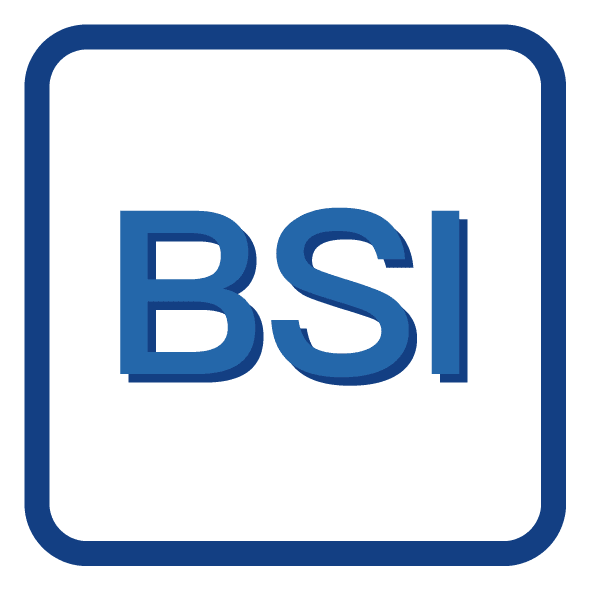 One benefit of the back-illuminated CMOS structure is improved sensitivity. In a typical front-illuminated sensor, photons from the target entering the photosensitive layer of the sensor must first pass through the metal wiring that is embedded just above the photosensitive layer. The wiring structure reflects some of the photons and reduces the efficiency of the sensor.
One benefit of the back-illuminated CMOS structure is improved sensitivity. In a typical front-illuminated sensor, photons from the target entering the photosensitive layer of the sensor must first pass through the metal wiring that is embedded just above the photosensitive layer. The wiring structure reflects some of the photons and reduces the efficiency of the sensor.
In the back- illuminated sensor the light is allowed to enter the photosensitive surface from the reverse side. In this case the sensor’s embedded wiring structure is below the photosensitive layer. As a result, more incoming photons strike the photosensitive layer and more electrons are generated and captured in the pixel well. This ratio of photon to electron production is called quantum efficiency. The higher the quantum efficiency the more efficient the sensor is at converting photons to electrons and hence the more sensitive the sensor is to capturing an image of something dim.
| Model | QHY487Pro I |
| Image Sensor | Sony IMX487 |
| Pixel Size | 2.74μm*2.74μm |
| Total Pixel Area | 2856*2912 (include optical black area and overscan area) |
| Effective Pixel Area | 2856*2848 |
| Effective Pixels | 8.13 Megapixels |
| Sensor Size | 2/3 inch
7.8mm*7.8mm |
| A/D | 12-bit A/D |
| Shutter Type | Electronic Global Shutter |
| QE | TBA |
| Full Well Capacity | 10ke- |
| Read Noise | Full Resolution: 1.3e- to 2.5e- 2×2 FD Binning: 1.7e- to 2.7e- |
| Full Frame Rate | 127.2 fps@12bit |
| Trigger Port | One Hardware Trig-In Socket (RCA type). Opto-isolated |
| Computer Interface | USB3.0
2*10Gigabit Fiber Interfaces |
| Back Focal Length | TBA |
| Air Cooling System | Dual Stage TEC cooler:
– Long exposures (> 1 second) Typically -35℃ below ambient – Short exposure (< 1second) high FPS, Typically -30℃ below ambient (Test temperature +20℃) |
| Liquid Cooling System | LQ Version needs to be Customized.
-45℃ below ambient with water cooling; more deltaT below ambient with cold liquid. |
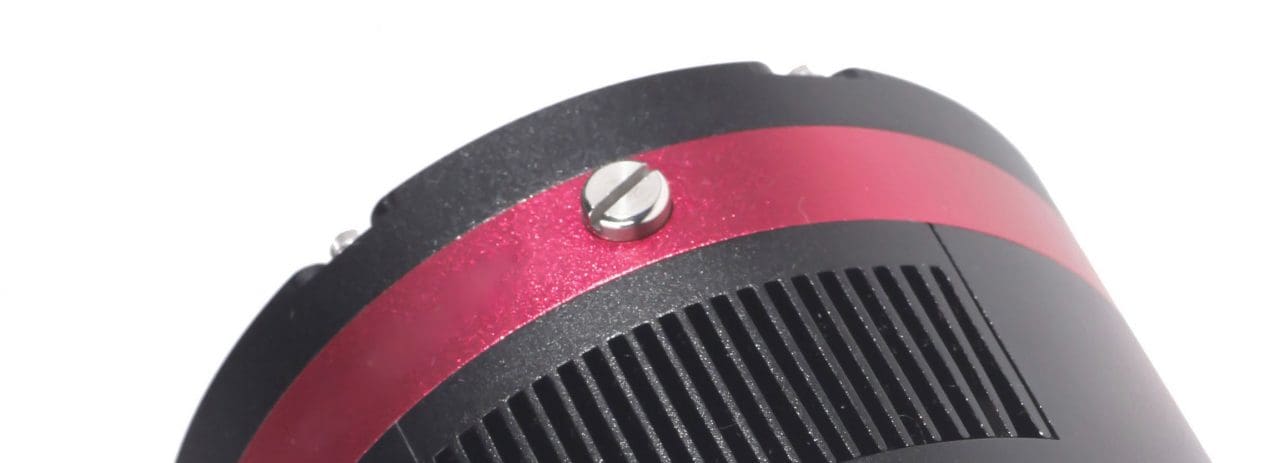 Please note that you may need to prepare desiccants yourself, because for most countries and regions desiccants are prohibited by air transport. Since QHY always deliver your goods by air, sorry that we can’t provide desiccants for you directly.
Please note that you may need to prepare desiccants yourself, because for most countries and regions desiccants are prohibited by air transport. Since QHY always deliver your goods by air, sorry that we can’t provide desiccants for you directly.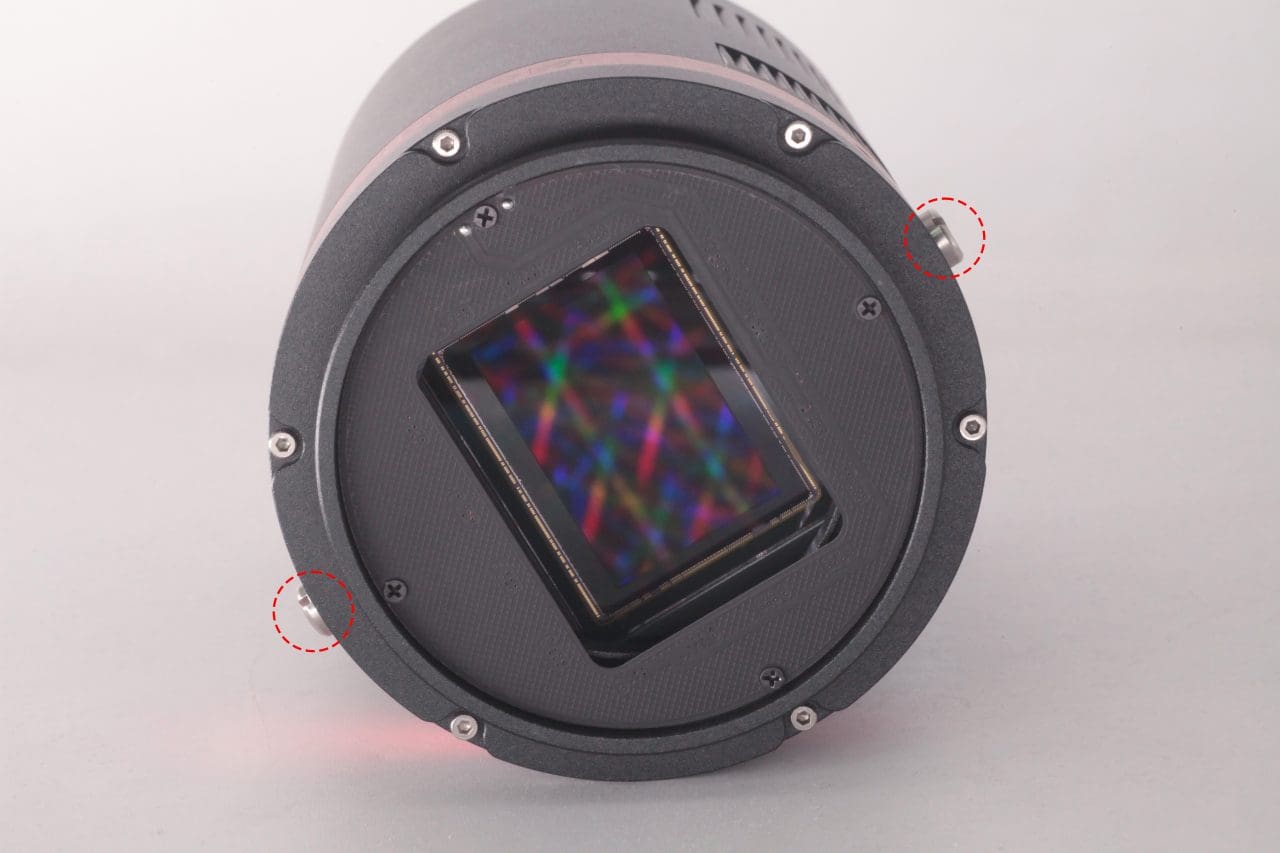
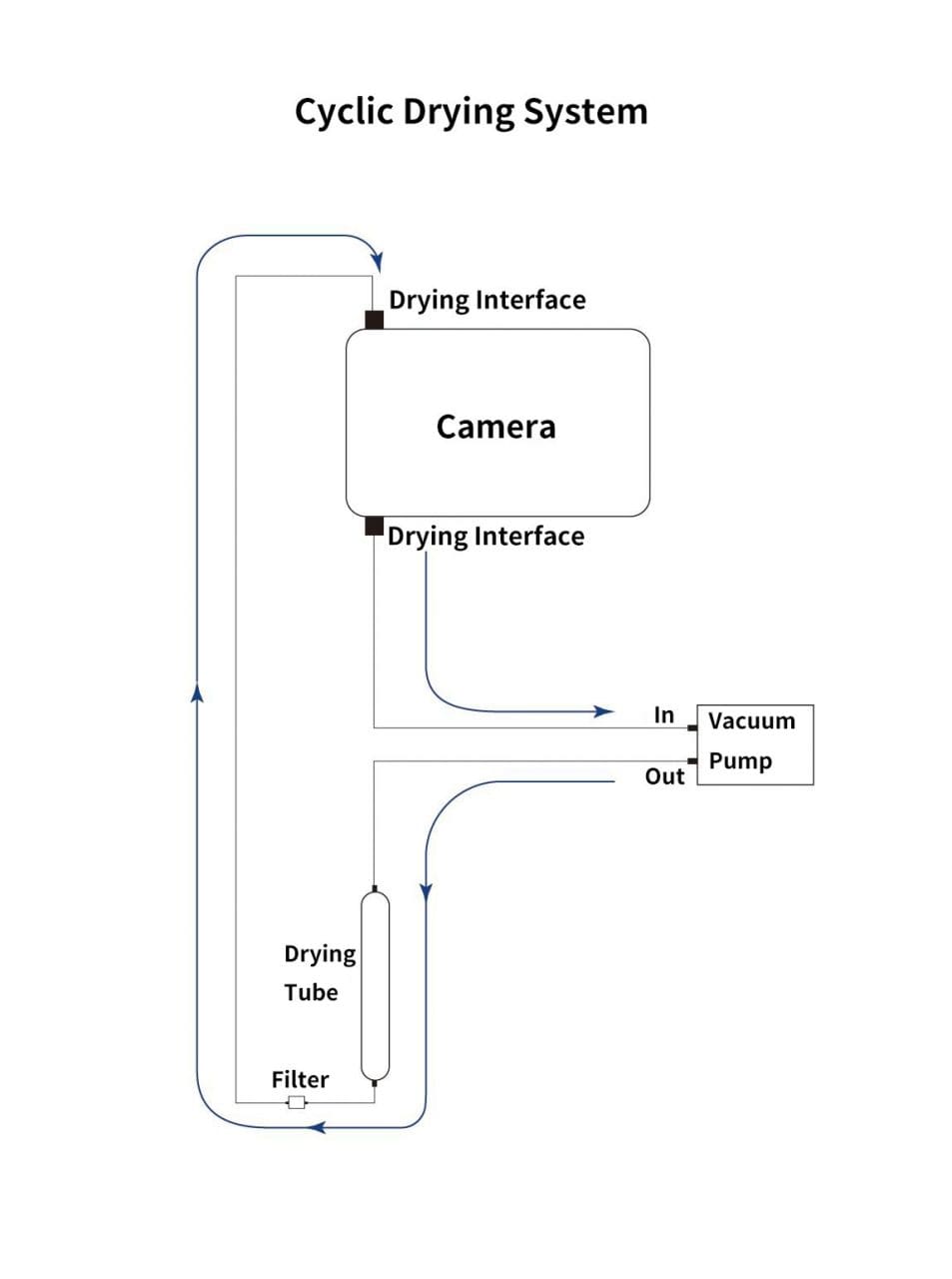 Under the vacuum pump, the gas inside the sensor chamber is drawn out through one drying interface, enters the drying tube, and then undergoes filtration. It is then reintroduced into the camera through the other drying interface, circulating back and forth for drying.
Under the vacuum pump, the gas inside the sensor chamber is drawn out through one drying interface, enters the drying tube, and then undergoes filtration. It is then reintroduced into the camera through the other drying interface, circulating back and forth for drying.
Note:1.Do not reverse the order of the intake and exhaust ports
2.Before circulating drying, it is necessary to turn off the refrigerator, and then turn on circulating drying after the temperature returns to normal temperature. Only by following this step can the water vapor in the sealed chamber be effectively removed. If the cooler is turned on, the cooler inside the camera will absorb water vapor, causing more water vapor to condense inside the camera instead of being absorbed by the desiccant.
If you find dust on the CMOS sensor, you can first unscrew the front plate of the cam and then clean the CMOS sensor with a cleaning kit for SLR camera sensors. Because the CMOS sensor has an AR (or AR/IR) coating, you need to be careful when cleaning. This coating can scratch easily so you should not use excessive force when cleaning dust from its surface.
All QHY cooling cameras have built-in heating plates to prevent fogging. However, If the ambient humidity is very high, the optical window of the CMOS chamber may have condensation issues. Then try the following:
1. Avoid directing the camera towards the ground. The density of cold air is greater than of hot air. If the camera is facing down, cold air will be more accessible to the glass, causing it to cool down and fog.
2. Slightly increase the temperature of the CMOS sensor .
3. Check if the heating plate is normally working. If the heating plate is not working, the glass will be very easy to fog, the temperature of the heating plate can reach 65-70 °C in the environment of 25 °C. If it does not reach this, the heating plate may be damaged. Please contact us for maintenance.
Please avoid thermal shock during use. Thermal shock refers to the internal stress that the TE cooler has to withstand due to the thermal expansion and contraction when the temperature of the TEC suddenly rises or falls. Thermal shock may shorten the life of the TEC or even damage it.
Therefore, when you start using the TEC to adjust the CMOS temperature, you should gradually increase the TEC power rather than turning the TEC to maximum power. If the power of the TEC is high before disconnecting the power supply, you should also gradually reduce the power of the TEC and then disconnect the power supply.